
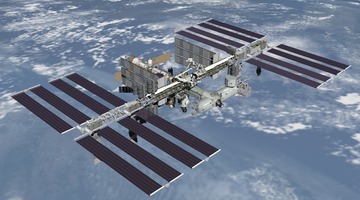
A satellite is anything that orbits around another object. Moons are natural satellites that orbit around planets, whereas artificial satellites are objects that people have made and launched ...
READ MORE

Since the earliest times, humans have made observations of the night sky. These observations, particularly of the Earth, Moon, Sun and planets (visible to the naked eye), led to the development ...
READ MORE

In November 2014, the European Space Agency (ESA) Rosetta Mission landed a space probe called Philae onto the surface of Comet 67P, while Rosetta continued to orbit the comet. The touchdown was ...
READ MORE
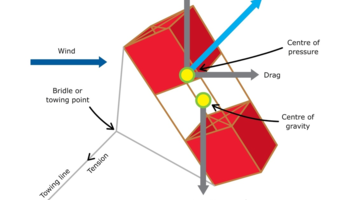
In this activity, students will learn about some kite history and how kites fly before making and flying a kite themselves. By the end of this activity, students should be able to: use some kite ...
READ MORE

In this activity, students explore how flight has developed over time with discussion about trends and future possibilities. By the end of this activity, students should be able to: explain in a ...
READ MORE
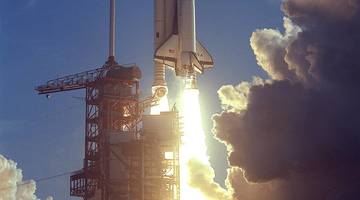
In this activity, students view a slide show presentation introducing some rockets, their purposes and distances travelled in space. By the end of this activity, students should be able to ...
READ MORE
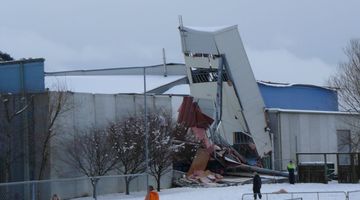
Large snow events in most parts of New Zealand are uncommon. However, if you are in the South Island or the central North Island, this citizen science project could be a great one for your ...
READ MORE

Are you looking for ways to teach forces? If you’re new to the Science Learning Hub, you may want to start with our introductory video on teaching physics. Help, I’m teaching physics Discover ...
READ MORE

Rocket science includes ideas of forces and motion, how rockets work and some of the challenges for those wanting to make rockets go faster and higher. This teaching sequence introduces students ...
READ MORE

In this recorded professional learning session, Greta Dromgool and Ted Cizadlo will build your confidence to teach about the Physical World. The New Zealand Curriculum achievement objectives for ...
READ MORE
Dr Allan McInnes and Dr Adrian McDonald, from the University of Canterbury, explain how gravity and projectile motion keep natural and artificial satellites in an orbital path.
READ MORE
The Rosetta Mission has been a long and complex mission to land a probe on a comet. What exactly is a comet and why land a probe on one? Avionics engineer Warwick Holmes explains how comets may ...
READ MORE
Using party ice, water and charcoal, Rosetta Mission engineer Warwick Holmes and University of Waikato’s John Little create a model of a comet in front of a live audience.
READ MORE
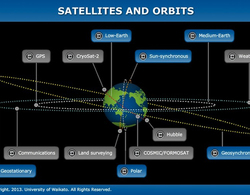
The size, orbit and design of a satellite depend on its purpose. In this interactive, scientists discuss the functions of various satellites and orbits. Accompanying fact files provide ...
READ MORE

In this simulation, students set rocket parameters before launching to see how high the rocket goes and whether they can launch the payload.
READ MORE
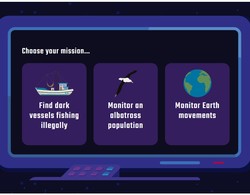
Choose a mission and then successfully build and launch a satellite that can help gather the data required. Select here for additional information on using this interactive simulation.
READ MORE